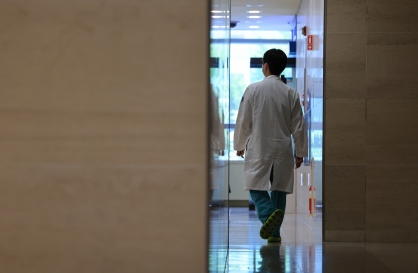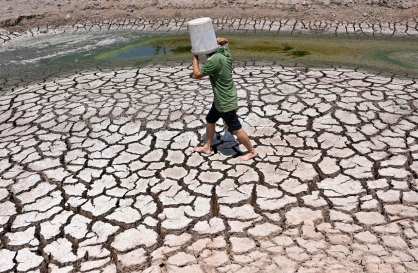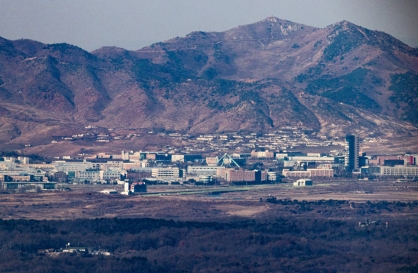FREEPORT, Texas (AP) ― Before Houston and its suburbs were built, a dense forest naturally purified the coastal air along a stretch of the Texas Gulf Coast that grew thick with pecan, ash, live oak and hackberry trees.
It was the kind of pristine woodland that was mostly wiped out by settlers in their rush to clear land and build communities. Now one of the nation’s largest chemical companies and one of its oldest conservation groups have forged an unlikely partnership that seeks to recreate some of that forest to curb pollution.
The plan drafted by Dow Chemical and the Nature Conservancy is only in its infancy and faces many hurdles. But it envisions a day when expensive machines used to capture industrial pollutants might be at least partially replaced by restoring some of the groves of native trees that once filled the land.
“It looks very promising at the early stage of the research,” said Mark Weick, director of sustainability programs for Dow. “But for this to become something that is an emission control, everyone needs to know it works.”
Many plants, and especially trees, capture pollution naturally when it hits their leaves. Trees with the biggest leaves and the widest canopies capture the most pollutants, especially nitrogen oxide, a common byproduct of combustion that can irritate lungs and contributes to the formation of ground-level ozone.
The reforestation proposal imagines emissions from Dow’s largest North American factory drifting downwind into the trees near Freeport, Texas.
Dow and the Nature Conservancy began a six-year, $10 million collaboration in 2011, when they came together to look at ways natural resources could be used to save the company money.
After reading an obscure notation by the federal Environmental Protection Agency that suggested reforestation could improve air quality, the two groups decided to research how the idea might work and whether it could be cost-effective.
Scientists used a complex model from the U.S. Forest Service that considers everything from wind patterns to the size of tree leaves and the overall canopy to estimate the air-quality improvements that might come from 400 hectares of forest.
“The big discovery was that you could combine the traditional infrastructure with reforestation and still meet regulation,” said Laura Huffman, the conservancy’s director in Texas.





![[Graphic News] More Koreans say they plan long-distance trips this year](http://res.heraldm.com/phpwas/restmb_idxmake.php?idx=644&simg=/content/image/2024/04/17/20240417050828_0.gif)
![[KH Explains] Hyundai's full hybrid edge to pay off amid slow transition to pure EVs](http://res.heraldm.com/phpwas/restmb_idxmake.php?idx=644&simg=/content/image/2024/04/18/20240418050645_0.jpg)
